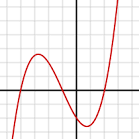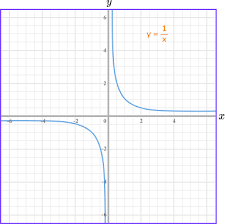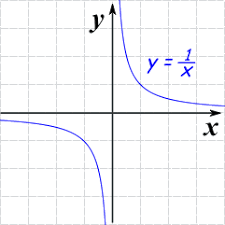Cubic and Reciprocal Graphs
Graphs
- You might need to draw or interpret cubic and reciprocal graphs in your exam
- You can use a table of values to draw any graph, but it helps if you know what the general shape of the graph is going to be
Cubic graphs
Graphs that contain an x^3 term and no higher powers of x are called cubic graphs
Here are two examples


Reciprocal graphs
- Graphs of the form y = k/x where k is a number are called reciprocal graphs
- Here are two examples


Tips
- The graphs get closer and closer to the x-axis and y-axis but never touch them
- With a cubic graph if you recognise the shape of the graph then it’s easier to tell if you’ve plotted your coordinates correctly